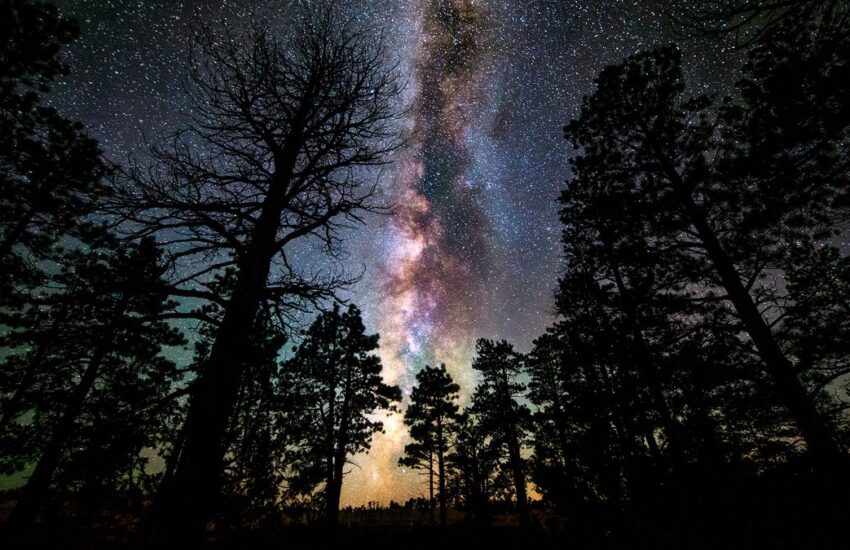It’s the best time of the year to see the Milky Way. In July and August, as seen from the Northern Hemisphere, the bright center of our galaxy becomes visible, but only to those in the right place at the right time. If the skies are clear, it’s possible to see billions of stars arching across the night sky.
Sadly, most people in North America and Europe have no chance of seeing the Milky Way unless they travel to a dark-sky location. It’s also necessary to avoid strong moonlight, which makes only about 10 days per month in the summer months suitable for easily seeing the Milky Way after dark. So it’s not surprising that an estimated 80% of North Americans have never seen the Milky Way.
According to Capture The Atlas, it’s possible to see the Milky Way from the Northern Hemisphere from March to September. From the Southern Hemisphere, that window expands by about a month on each side.
Your latitude on Earth makes a difference, but generally, the Milky Way is visible in the early morning from March to June and in the evening from July to early October. For example, if you want to see the Milky Way in March, you’ll have to be up at 4 a.m. By September, it’s an after-sunset event.
There are also other factors to consider. You need moonless night skies, prioritizing the 10 nights around the new moon — when the moon is not in the night sky — specifically from the last quarter moon to three nights after the new moon (when a crescent moon will set soon after dark).
That means these dates are the best times to see the Milky Way this summer and fall:
- June 28 – July 8
- July 28 – Aug. 7
- Aug. 26 – Sept. 6
- Sept. 24 – Oct. 5
Sunset and sunrise times, particularly in July and August, should also be considered, as they restrict the hours of darkness. This is when you’re most likely to see the Milky Way right after sunset. However, you’ll need total darkness to get a good view.
Don’t forget to let your eyes adapt to the dark for at least 20 minutes before your skywatching session. That means not looking at a smartphone or any other bright, white light source after the sun sets. The best way to find a dark spot is to use DarkSky’s Find a Dark Sky Place or the Dark Site Finder or consult a light pollution map.
With suitably dark skies, you can see the band of the Milky Way with the naked eye — but a good small telescope or a pair of stargazing binoculars can help you zoom in on objects of interest and take advantage of some of 2024’s best stargazing opportunities yet to come.
The farther south you are, the deeper into the Milky Way you will see. For example, the constellation Sagittarius — home to the galaxy’s bright central black hole — is low on the southern horizon as seen from New York state at 41 degrees north. From Miami, at 26 degrees north, Sagittarius will appear 15 degrees higher in the sky. But that only applies to the constellation’s maximum height, since Sagittarius will appear to rise (in the southeast) as the night progresses and then sink.

